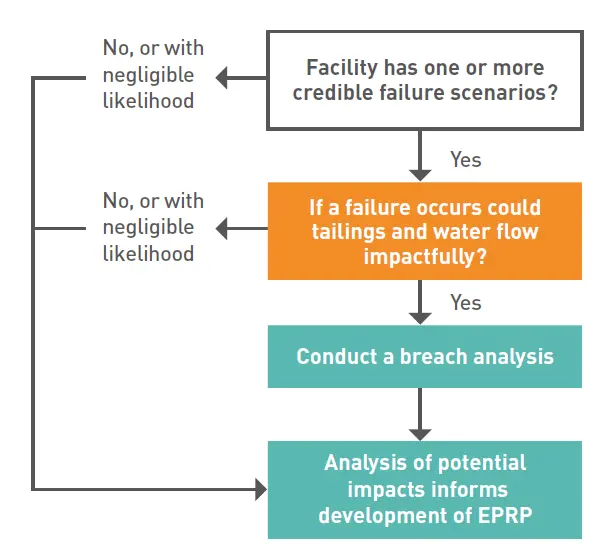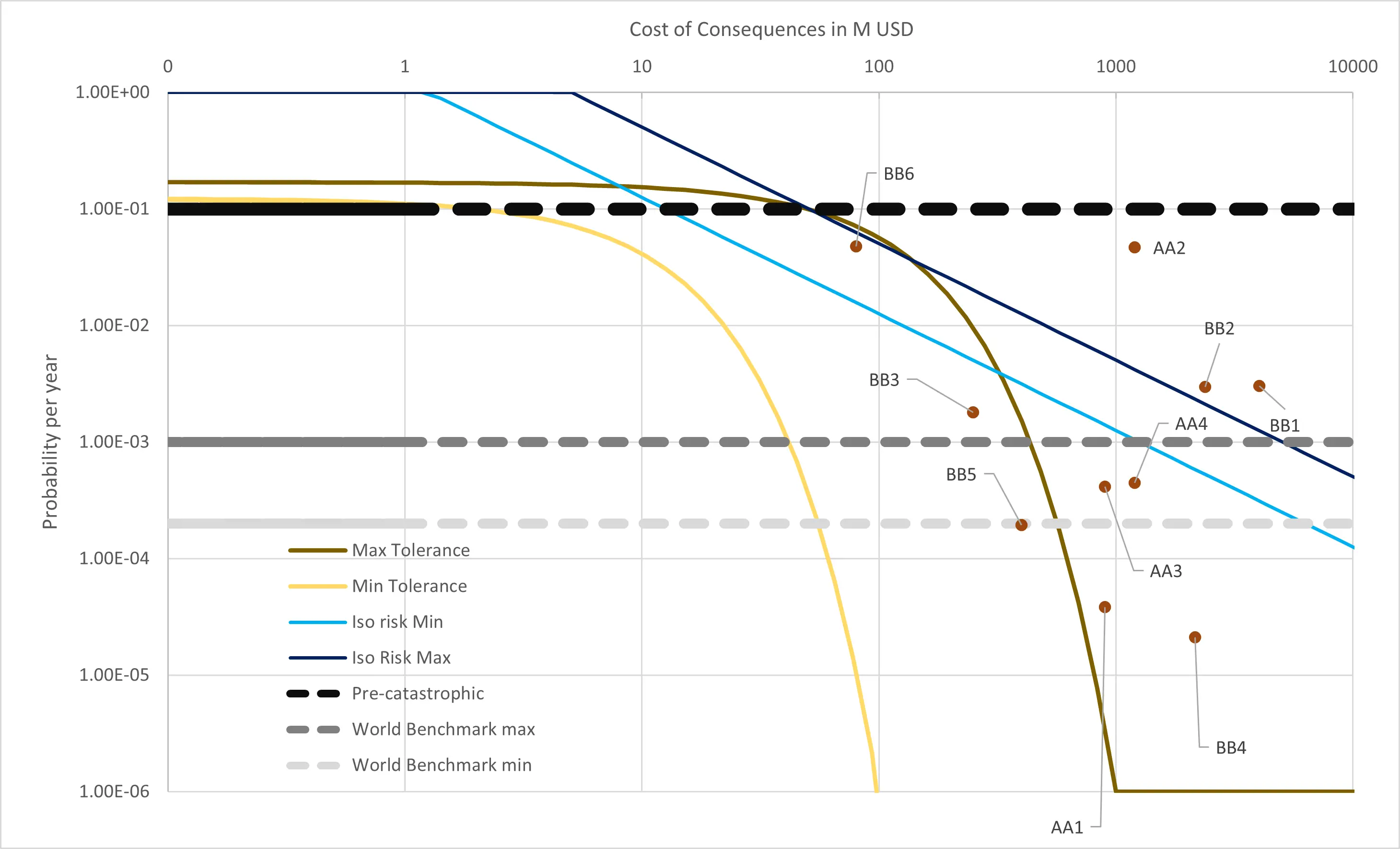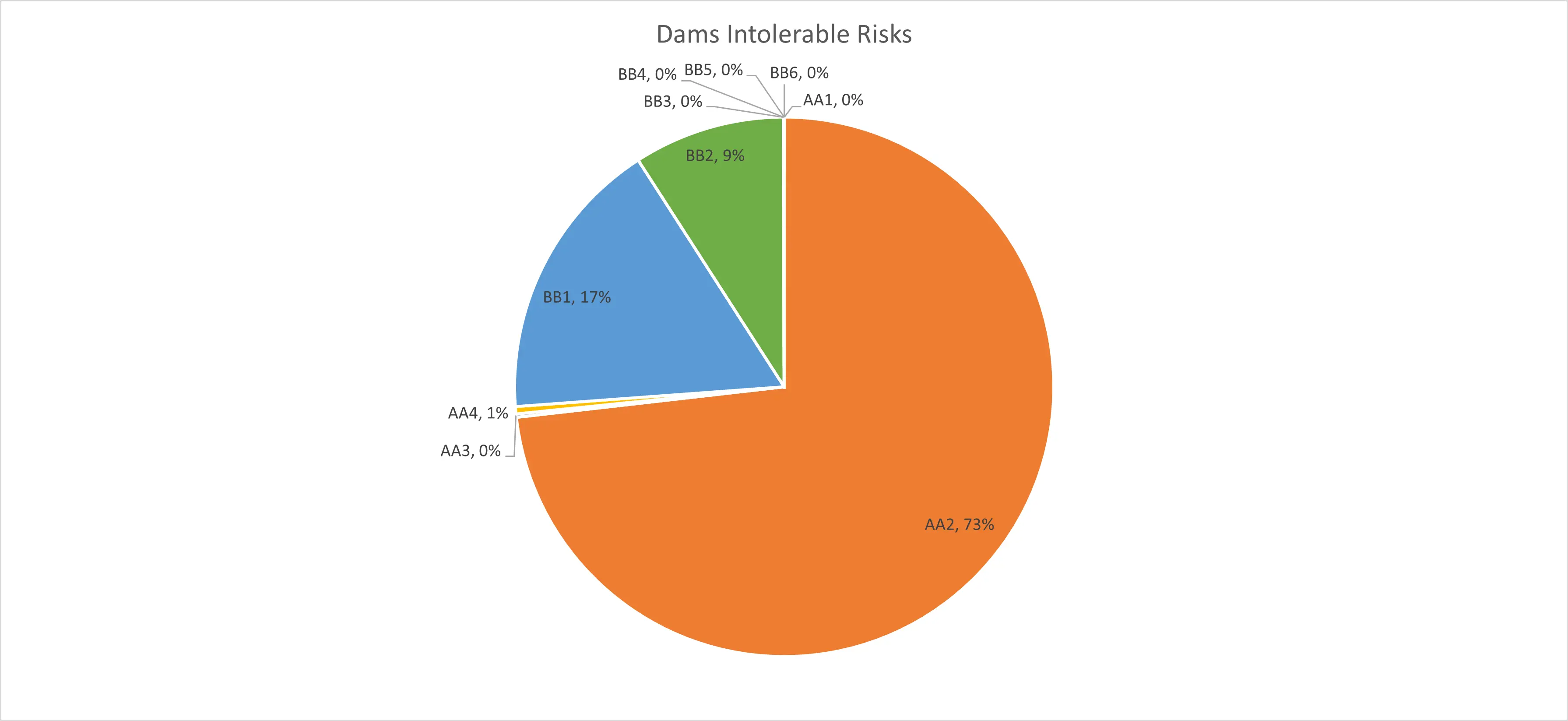These analyses rely on many assumptions and can lead to quite diverse conclusions. Despite the dam break studies, GISTM proposes an oversimplified way of classifying a dam which leads to many dams being in the very high to extreme category (see Requirement 4.1 and Annex 2, Table 1 of the Global Industry Standard on Tailings Management, August 2020).
Under these conditions, mining companies simply do not know where to act first. They may then spend excessive amounts of money on programs that will not solve their problems, like monitoring future conditions while neglecting issues at a project’s inception, or mitigating potential brittle failures by increasing the factor of safety to vaguely specified levels (see ICMM conformance protocols requirement 4.6, 7.2).
Certainly, the requirements of GISTM focus the attention of mining companies in the right direction, but we see the possibility that many will fall to the temptation of “documenting” rather than “solving” issues.
What is Dam Portfolio ORE2_Tailings Support for ICMM Standard on Tailings Management?
Dam portfolio ORE2_Tailings support for ICMM standard on tailings management focuses on a convergent prioritization of risks allowing for tactical and strategic planning, hazards, causalities and divergent hazards (such as climate change) and creating a portfolio hazard and risk register providing information on interdependencies as needed.
The prioritization of risks can be made using clients’ own specifications or GISTM-outlined consequences. However, we strongly advise to use a complete and realistic consequence formulation which includes simultaneous and additive multiple dimensions, such as human safety, environmental losses, physical losses, reputation and crisis potential.
ORE2_Tailings offers a simplified consequence evaluator, calibrated with the last decade of catastrophic tailings accidents consequences. The model uses easily observable symptoms.
Finally, the prioritization of risks can be a classic but inefficient “top to bottom” method or a more valuable method that uses client tolerance threshold (Section 13.2 of Tailings Dam Management for the Twenty-First Century) as well as societal thresholds (Section 13.1 or Risk evaluation for dam break).
The results of the example below use this second approach.
Tailings Facilities Portfolio ORE2_Tailings Example
For this post, we have selected a fictitious portfolio of real-life dams. Let’s start with the content of the ORE2_Tailings deployment report. The document uses a detailed glossary, which is ISO 31000− and GISTM-compatible. The platform also uses a semi-automated archival discovery tool to uses provided documents to help build the knowledge base.
We then evaluate the completeness of the archival record and the compiled knowledge base and distill the ORE2_Tailings Key Risk Indicators/Key performance indicators for each tailings storage facility (TSF) and each dam’s systems. We identify and flag interdependencies for analysis.
Together, the first part of the report constitutes the context of the study/body of knowledge in compliance with ISO 31000 and GISTM.
Using the Knowledge to Evaluate Risks
The report then defines success/failure criteria leading to the definition of what constitutes a failure in the report, and failure causalities and probabilities of failure for each dam in the portfolio. Their evaluation considers various conditions as applicable (ESA, USA, Pseudostatic, residual strength, liquefaction) and as the available data allows.
ORE2_Tailings then benchmarks the probabilities of failure with respect to the worldwide portfolio (a record of a hundred years of failures) we established in Oboni & Oboni 2013 and theoretically confirmed by a UBC thesis (Taguchi 2014).




